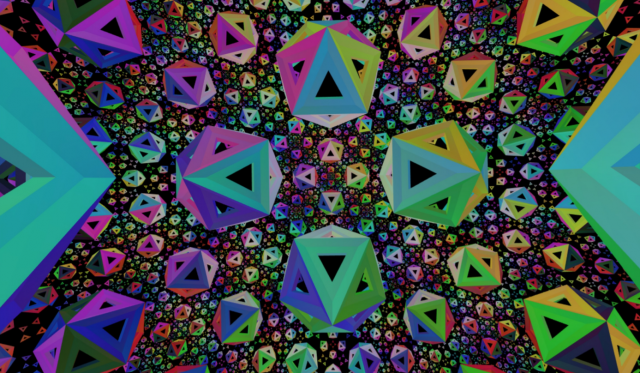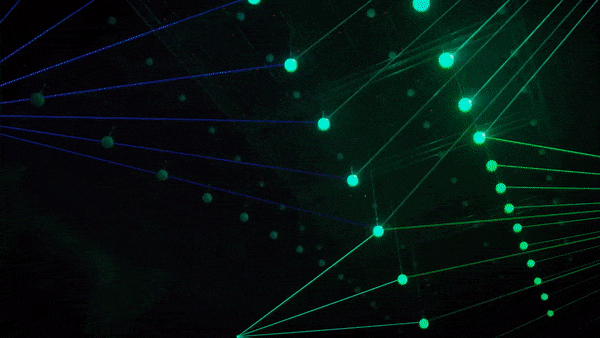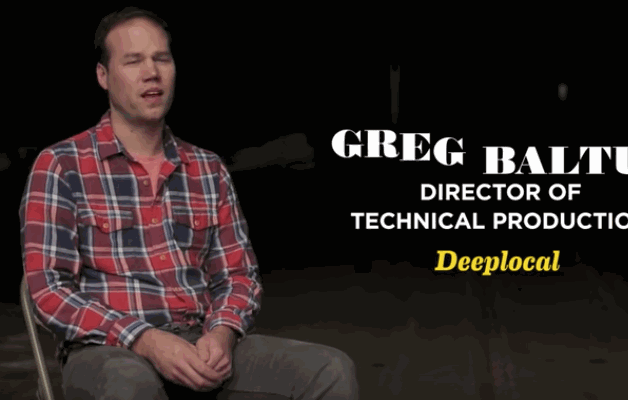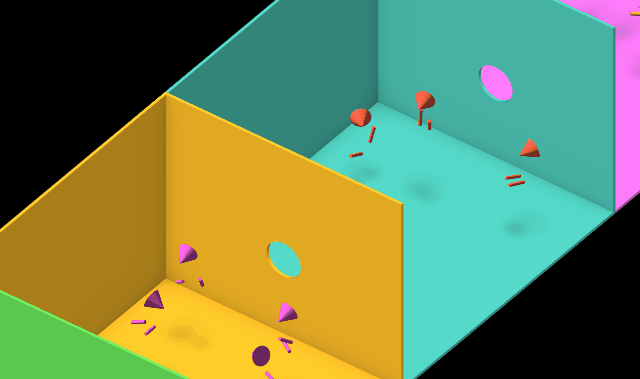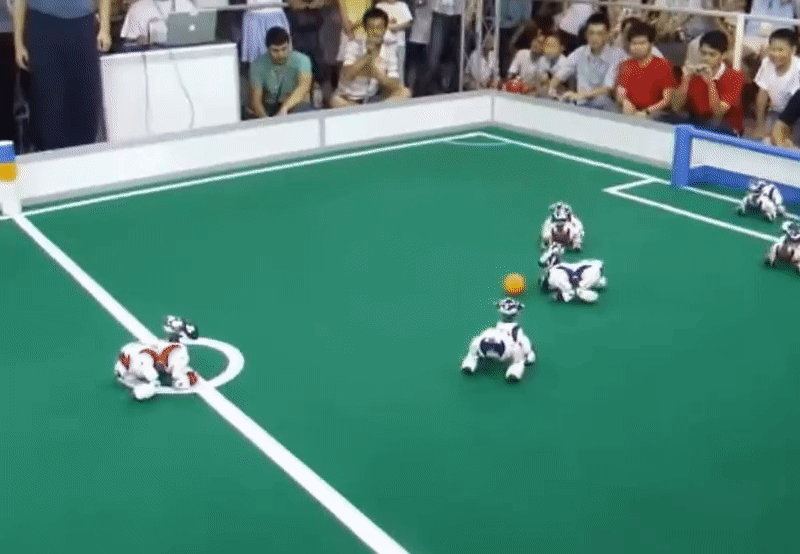Non-Euclidean Virtual Reality is a project by Vi Hart, Andrea Hawksley, and Henry Segerman, with help from many others. It's a virtual reality world that you can move around in the normal forwards-backwards, up-down, right-left directions, but rather than behaving like a euclidean 3D space, it is a hyperbolic space. This allows for things like four ninety degree angles fitting in a plane. One of my favorite applications of graphics is to demonstrate mathematical concepts, and this is next level immersion in a math space, that gives an intuition that would otherwise take a whole lotta reading and thinking to achieve.
The project used various sources of software for shaders, curved spaces, web VR, etc., but the most of the work is their original javascript code. It is certainly a common thing in mathematics, particularly math that extends beyond the third dimension, to try to imagine oneself as a being in different spaces (Flatland: A Romance of Many Dimensions by Edwin Abbott Abbott is a great example), and this project carries this tradition into new technologies. The core concept of this project could certainly go in many different directions, and I think the educational applications of placing people into foreign dimensions could be valuable for beginners and experts alike.
You can try it out here, move around with arrow keys and WASD keys.
Here's a video:
A .gif:

And an image:
